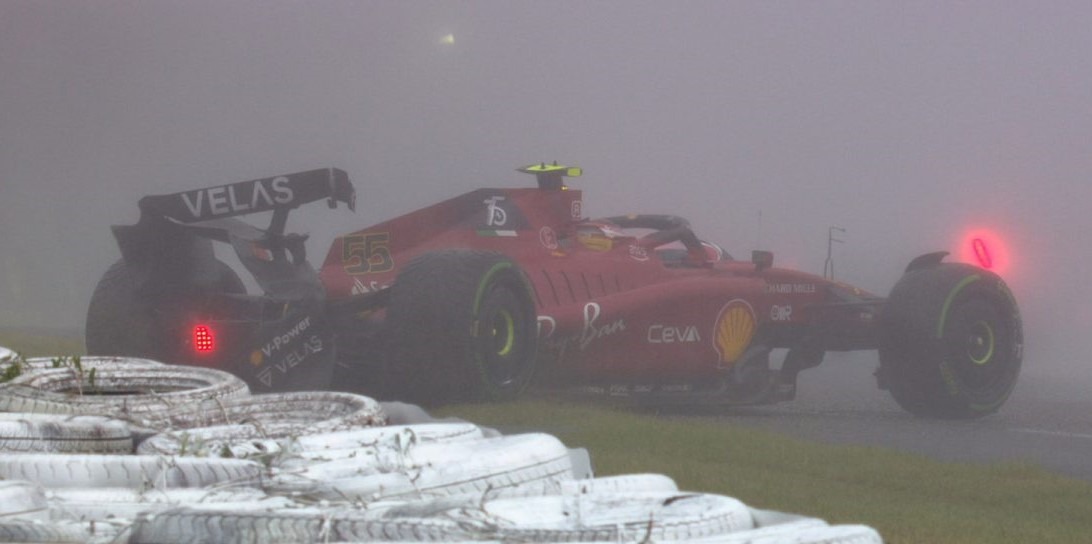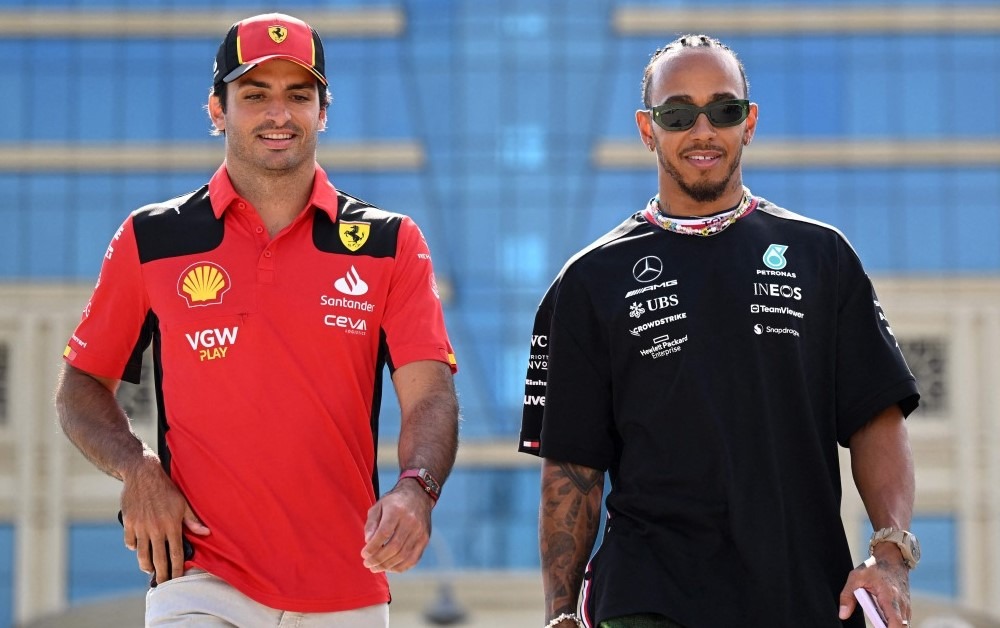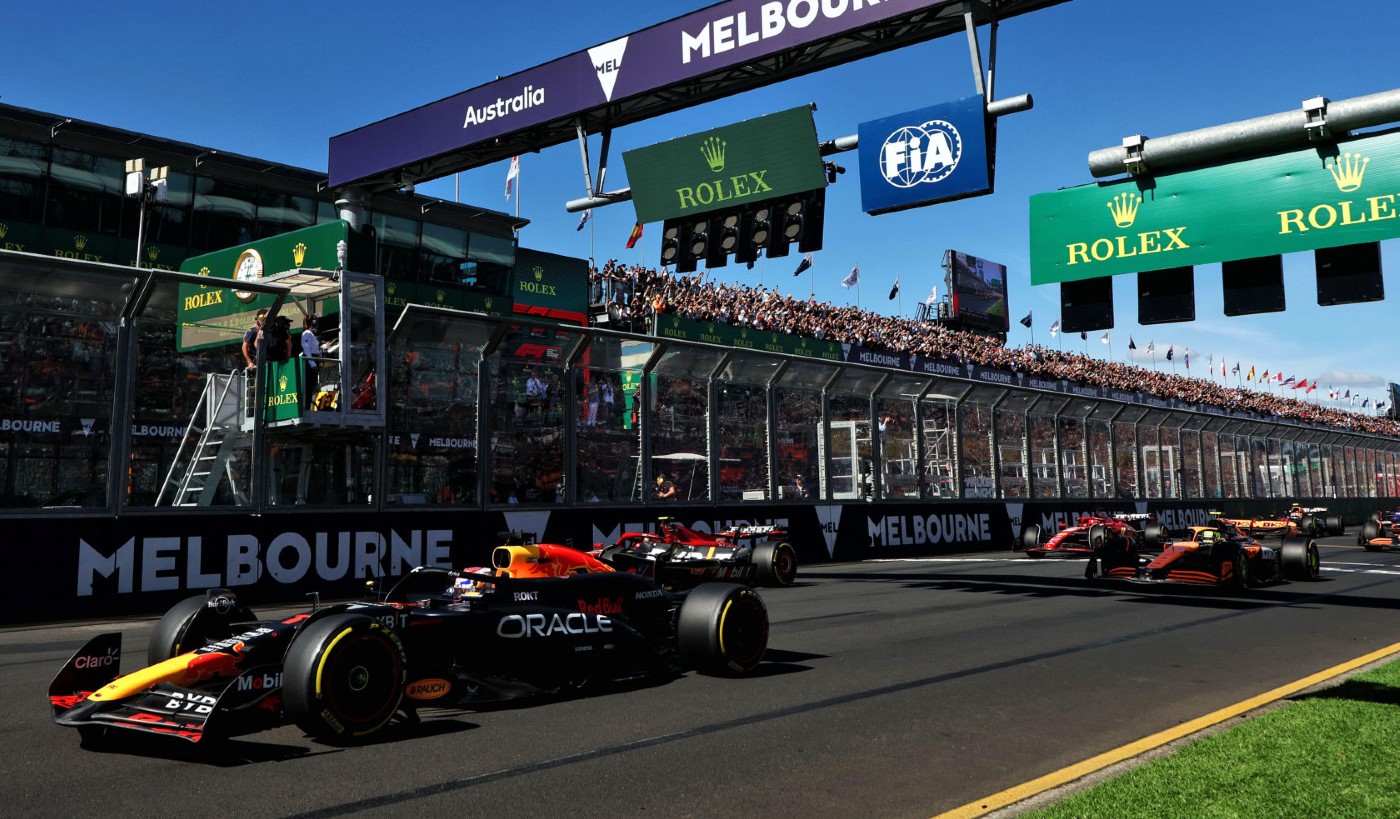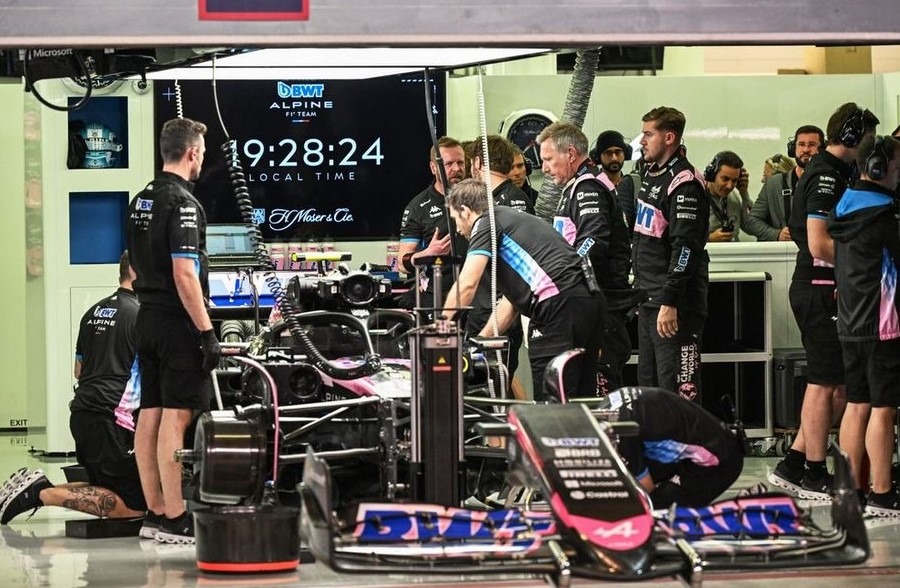Jacques Villeneuve wasn’t shocked that Carlos Sainz crashed where he previously did under wet conditions on the first lap of the Japanese Grand Prix.
Sainz spun on the wet track and struck the tyre barrier, and partially re-entered the circuit as he had just completed the Suzuka hairpin and was moving into the renowned Spoon Curve while his competitors were going by.
The Spaniard experienced some tense moments as he was a sitting duck awaiting to be struck by the speeding F1 cars, but happily no more cars struck the damaged Ferrari, as the red flags were raised.
Sainz’s race was done at that point, and the remaining 18 drivers with Alex Albon having also retired on lap one, spent the next two hours waiting for the rain to stop enough for the race to restart. Max Verstappen went on to win the race and clinch the World Championship.
Villeneuve later claimed that area of the course was a “dangerous” one where the safety features might have to be addressed, recalling his similar incident from his own F1 career, which spanned from 1996 to 2006 and even earlier.
“A word about Carlos Sainz’s crash… I’ve always found that kink dangerous, ever since I raced there in F3,” said the 1997 World Champion. “In dry weather it’s like a straight, easy full throttle, but in rain it becomes tricky, it’s a small kink with a tyre wall with advertising signs on the outside.”
“An impact with a crash barrier or wall would be better than this option – the car spins and slides on and that would be fine. Sainz was not going that fast at all but was driving on ice, so to speak.”
Eight years after Jules Bianchi tragically lost his life in a collision with one of the recovery trucks at Suzuka, Villeneuve joined the majority in speaking out against the recovery truck that rushed onto the circuit to recover Sainz’s car.
“I fully understood the fuss about the truck on track when Pierre Gasly had yet to pass,” said Verstappen. “Strictly speaking, it is allowed by the rules… after all, the race was neutralised.”
“In dry weather nobody would care, in rain it’s a different story. Then this really should never happen.”
“You can’t always see where you are, there may be cars driving around with damage to suspension, brakes or a flat tyre.”
“Even at low speed, a collision with such a vehicle is very dangerous. That emotions ran so high I thought was only logical given the past with Jules Bianchi.”




